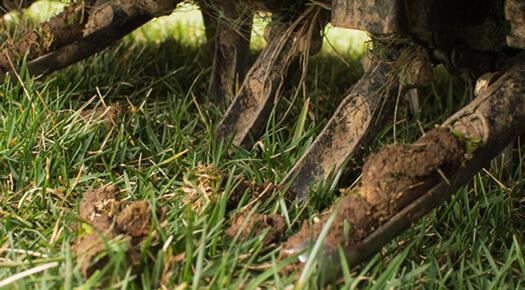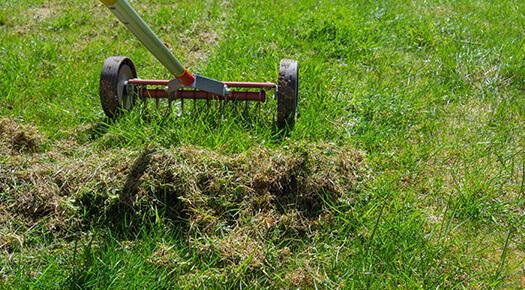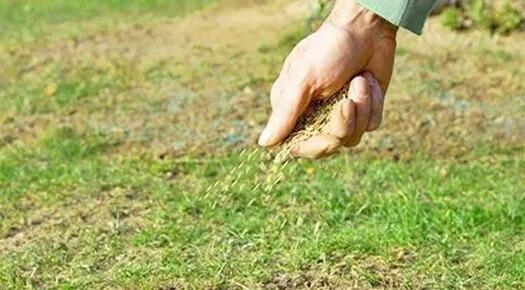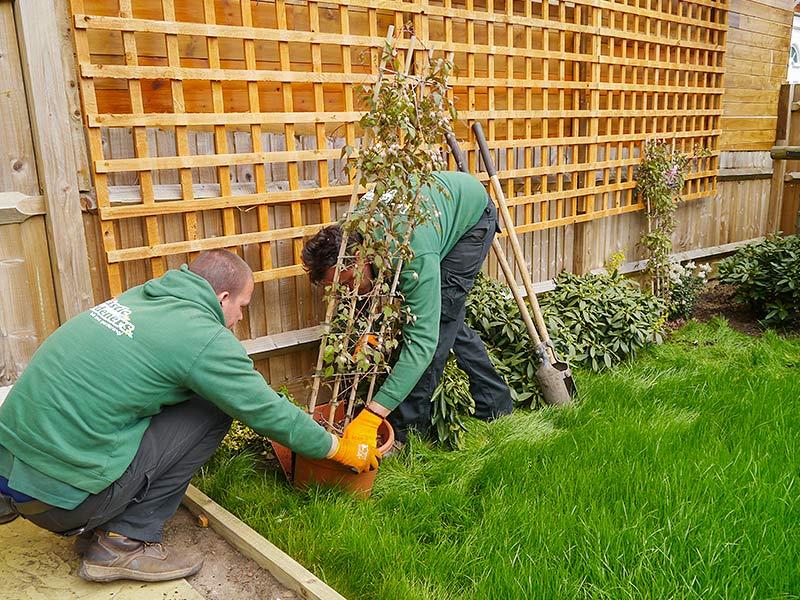How and When to Overseed Your Lawn
- Learn the perfect time to overseed your lawn for thick, green grass!
- Discover the step-by-step process to successfully overseed your patchy lawn.
- Find out why preparation, including aeration, is crucial before overseeding.
- Understand how overseeding improves your lawn's resilience and appearance.
- Get expert tips on choosing the best seed mix for your lawn’s specific needs.


What is Overseeding?
Are you an avid gardener taking the best possible care of your lawn - watering, weeding, mowing, fertilizing and everything else needed for it to flourish? Do you still have issues with your lawn looking worn out, thin and unhealthy despite that? Don’t worry, this is something that happens more often than not and we have just the solution you need.
Overseeding is the process of sowing new seed into an existing lawn. This method is used by professional gardeners and knowledgeable garden enthusiasts and will turn your tired lawn into a fresh and vibrant paradise. Overseeding could take some time and effort, especially if you have a bigger lawn, however, it’s very useful, produces great results and is environmentally friendly as it reduces the need to use chemicals to support your lawn. Read on if you want to learn how to overseed the right way.
How to Overseed a Lawn?
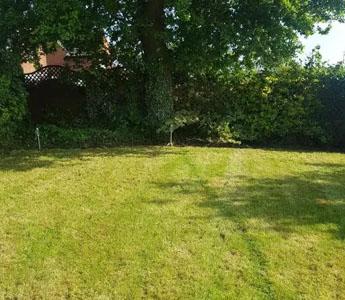
Weed the lawn
Mow the lawn
Rake up the thatch and remove any clippings
Water the lawn
Rake up the thatch and remove any clippings
Spread the seed on your entire lawn
Lightly rake or roll the lawn
Fertilise the lawn
Water the lawn
Proceed with regular lawn maintenance
When to Overseed a Lawn
First of all, you should avoid overseeding during the hottest and coldest months of the year, so that excludes summers and winters. The best time to overseed in the UK would be spring – March, April and early May, or early autumn – late August to September. During these months, the weather is not too hot, not too cold, there is a high chance of rain and, as we mentioned a few times already, seeds need moisture in order to germinate. If you live outside of the UK, you should consider the climate conditions in your area and plan the reseeding process accordingly.
Pro Tips for Overseeding
Select the best seeds for your lawn
Use pre-seeding fertilizer
Apply topdressing
Aerating
Make sure you don’t overdo it
Aftercare

Have a Healthier Lawn with Professional Overseeding
Overseeding has a lot of benefits and is a method frequently used by garden professionals. It will help improve the overall condition of your lawn, give it a fresh and lively look, minimize weed and moss formation, and get rid of any bare patches and spots.
This is not a simple method, so before starting the process, you should prepare accordingly by supplying yourself with all of the required tools and products. And if you’re not feeling up to the challenge or simply want to leave this to the professionals, the Fantastic experts will be glad to step in and help you out with the task. You can easily book your professional lawn care service online with just a few clicks and enjoy some free time for yourself.

Have a Specific Gardening or Plant-Related Question?
If so, click on “Ask now”, submit your question, attach the appropriate images and press send. Your question will be forwarded to one of our Fantastic Gardeners who will get back to you with an answer ASAP.



